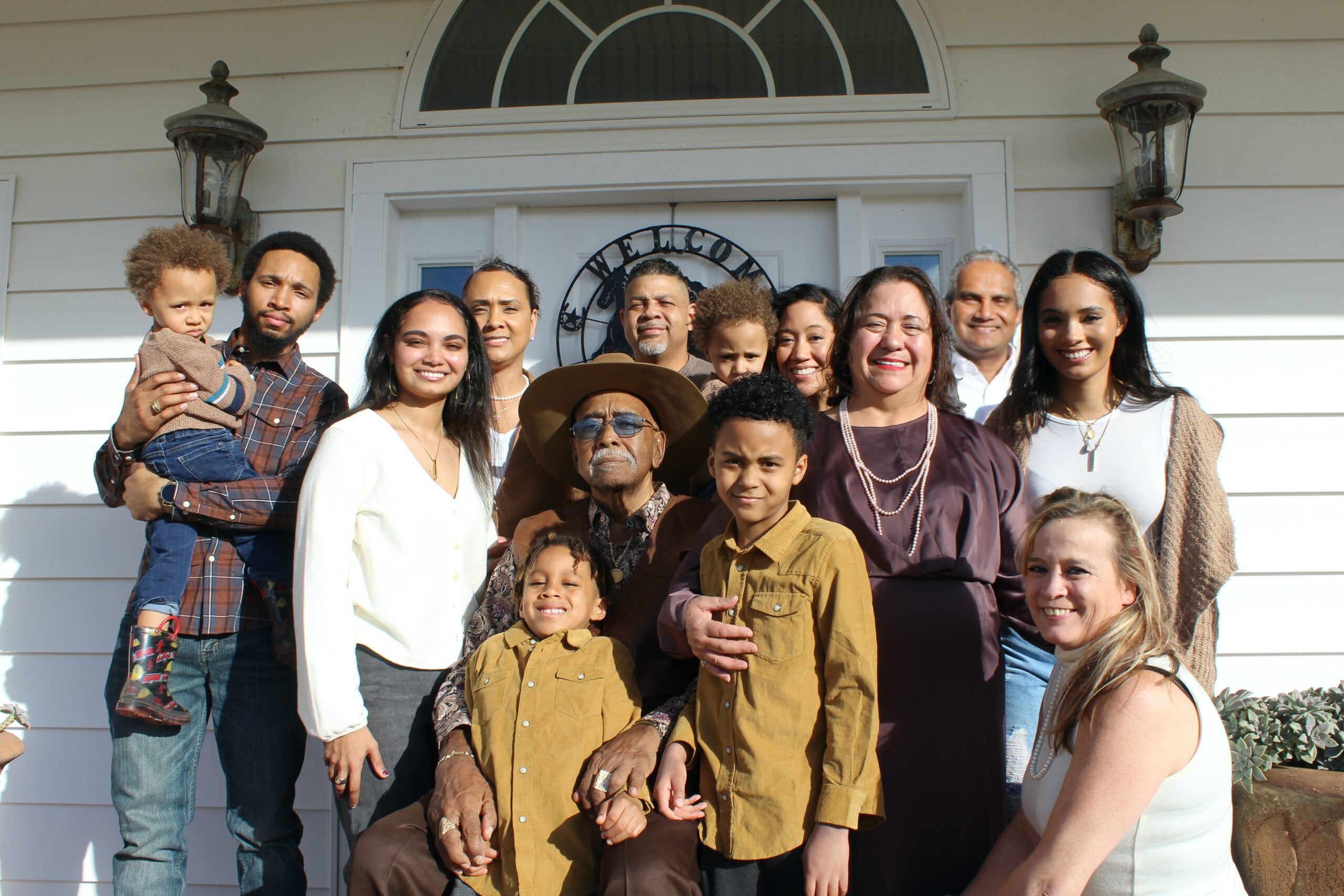-
Place of Birth
Texas
-
Tribal Affiliation
Shaykhakhu/Cree
-
Surname Heritage
Ireland / England
Kain History, Family Crest & Coats of Arms

Today’s Irish surnames are underpinned by a multitude of rich histories. The name Kain originally appeared in Gaelic as O Cathain.
Early Origins of the Kain family
The surname Kain was first found in Derry, where the name literally meant ‘Cathan’s Son.’ “This name may be rendered ‘warrior'(cath, ‘a battle’). The O’Cathains, now O’Kanes, were of the race of Eoghan, who was son of Niall of the Nine Hostages, Monarch of Ireland, who died A.D. 406.” [1]
Saint Cainner or Cannera (d. 530?), appears in the martyrology of Tamlacht and other ancient lists of Irish saints on 28 Jan. “According to Colgan, she was born of noble parents in the district of Bentraighe (Bantry) in South Munster. ” [2]
We would be remiss if we did not mention the English and Welsh origins of the name. In England, Yorkshire was a popular location for the family. The Yorkshire Poll Tax Rolls of 1379 included: Johannes Cayne, Kirkby Overblow; and Johannes Cayne, Knaresborough. [3]
“Mauritius de Cadomo held lands in Barony, Devonshire, in 1083. William de Cadomo occurs in Norfolk, Walter de Cadomo in Norfolk, holding great estates, 1086. Renebald de Caen occurs in 1130 (Rot. Pip.). The family of De Caen, Caan, &c., is often mentioned later. In Normandy it occurs in the 12th cent. very frequently.” [4]
In Wales, “Rhys Cain (16th cent.), was a Welsh poet of the latter part of the sixteenth century, born at Trawsfynydd in Merionethshire, a village on the river Cain, whence he took his surname.” [2]
Early History of the Kain family
This web page shows only a small excerpt of our Kain research.
Kain Spelling Variations
People who were accounted for by scribes and church officials often had their name recorded many different ways because pronunciation was the only guide those scribes and church officials had to go by. This resulted in the problem of one person’s name being recorded under several different variations, creating the illusion of more than one person. Among the many spelling variations of the surname Kain that are preserved in archival documents are Cain, Caine, Kane, Kain, Cahan, O’Cahan, Kean, Keane, O’Keane, Ceane, Cean, Kahan, O’Kean, O’Kane, O’Kaine, Kaine, Keann, Cainn, Cainne, Kainn, Cahann, O’Cain and many more.
Kain Ranking
In the United States, the name Kain is the 7,897th most popular surname with an estimated 2,487 people with that name. [5]
Kain migration to the United States +
Irish families left their homeland in astonishing numbers during the 19th century in search of a better life. Although individual reasons vary, most of these Irish families suffered from extreme poverty, lack of work opportunities, and exorbitant rents in their homeland. Many decided to travel to Australia or North America in the hopes of finding greater opportunities and land. The Irish immigrants that came to North America initially settled on the East Coast, often in major centers such as Boston or New York. But like the many other cultures to settle in North America, the Irish traveled to almost any region they felt held greater promise; as a result, many Irish with gold fever moved all the way out to the Pacific coast. Others before that time left for land along the St. Lawrence River and the Niagara Peninsula, or the Maritimes as United Empire Loyalists, for many Irish did choose to side with the English during the American War of Independence. The earliest wave of Irish migration, however, occurred during the Great Potato Famine of the 1840s. An examination of early immigration and passenger lists has revealed many people bearing the Kain name:
Kain Settlers in United States in the 19th Century
- Anth Kain, who arrived in America in 1805 [6]
- Elizth Kain, who arrived in America in 1805 [6]
- Jane Kain, who arrived in America in 1805 [6]
- John Kain, who landed in America in 1805 [6]
- Robert Kain, who arrived in America in 1805 [6]
Some of the first settlers of this family name were:
Kain Settlers in Canada in the 18th Century
Kain Settlers in Canada in the 19th Century
- James Kain, aged 21, a farmer, who arrived in Saint John, New Brunswick aboard the ship “Madawaska” in 1833
- Rosey Kain, who arrived in Saint John, New Brunswick aboard the ship “Daniel O’Connell” in 1834
- William Kain, aged 30, who arrived in Saint John, New Brunswick aboard the ship “Robert Burns” in 1834
- Catherine Kain, aged 3, who arrived in Saint John, New Brunswick aboard the ship “Robert Burns” in 1834
- Elizabeth Kain, aged 22, who arrived in Saint John, New Brunswick aboard the ship “Robert Burns” in 1834
Emigration to Australia followed the First Fleets of convicts, tradespeople and early settlers. Early immigrants include:
Kain Settlers in Australia in the 19th Century
- Mr. Edward Kain, British Convict who was convicted in Middlesex, England for life , transported aboard the “Commodore Hayes” in April 1823, arriving in Tasmania (Van Diemen’s Land) [8]
- Mr. George Kain, (b. 1806), aged 29, English carpenter who was convicted in London, England for 7 years for stealing, transported aboard the “England” on 6th June 1835, arriving in New South Wales, Australia, he died in 1868 [9]
- Miss Anne Kain, (b. 1815), aged 22, Irish maid who was convicted in Londonderry, Irelandfor 7 years for vagrancy, transported aboard the “Diamond” on 29th November 1837, arriving in New South Wales, Australia [10]
- Mrs. Elizabeth Kain, (b. 1812), aged 36, Irish convict who was convicted in Birmingham, England for 7 years for stealing, transported aboard the “Cadet” on 10th November 1848, arriving in Tasmania (Van Diemen’s Land) [11]
- Miss Catherine Kain, (b. 1834), aged 14, Irish settler travelling with Mrs. Elizabeth Kain convict, transported aboard the “Cadet” on 10th November 1848, arriving in Tasmania (Van Diemen’s Land) [11]
Kain migration to New Zealand +
Emigration to New Zealand followed in the footsteps of the European explorers, such as Captain Cook (1769-70): first came sealers, whalers, missionaries, and traders. By 1838, the British New Zealand Company had begun buying land from the Maori tribes, and selling it to settlers, and, after the Treaty of Waitangi in 1840, many British families set out on the arduous six month journey from Britain to Aotearoa to start a new life. Early immigrants include:
Kain Settlers in New Zealand in the 19th Century
- Miss Ellen Kain, (b. 1834), aged 28, British general servant travelling from London aboard the ship “Echunga” arriving in Lyttelton, Canterbury, New Zealand on 24th December 1862 [12]
- Miss Ellen Kain, (b. 1843), aged 28, Irish general servant from Galway, Ireland, travelling from Gravesend aboard the ship ‘Merope’ arriving in Lyttelton, Christchurch, South Island, New Zealand on 25th August 1871 [12]
- Elizabeth Kain, aged 19, a servant, who arrived in Wellington, New Zealand aboard the ship “Ionic” in 1884
Contemporary Notables of the name Kain (post 1700) +
- John Joseph Kain (1841-1903), American Roman Catholic priest, Archbishop of the Roman Catholic Archdiocese of Saint Louis
- Shauna Nicole Kain, Canadian-born, American actress, best known for her roles in X-Men 2: X-Men United (2003), X-Men 3: The Last Stand (2006) and Red Riding Hood (2011)
- Tom Kain (1963-1985), American Nike Director of Global Marketing for Soccer, former U.S. soccer midfielder, the 1985 Hermann Trophy winner
- Sutter Kain, born Robert Evans, an American rapper and film producer
- Gylan Kain, American poet and playwright
- Khaliloeron Kain (b. 1964), American actor
- Conrad Kain (1883-1934), Austrian mountain guide
- Karen Alexandria Kain CC (b. 1951), former Canadian ballet dancer, current Artistic Director of the National Ballet of Canada
- Flying Officer Edgar James “Cobber” Kain DFC (1918-1940), the first RAF air ace of the Second World War
- Cobber Kain, New Zealander fighter pilot and flying ace in the Royal Air Force, during World War II, credited with 17 aerial victories
Bakar Shar Tazawah EL (House of Kain)
(1968/07/09)


